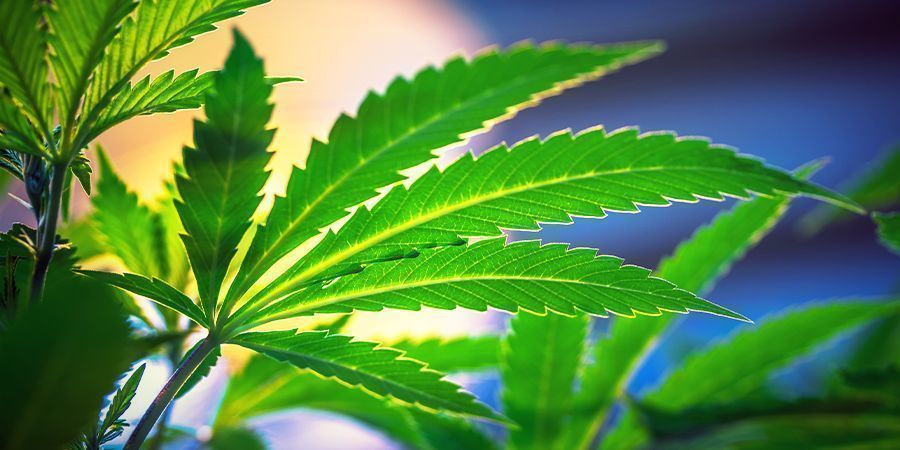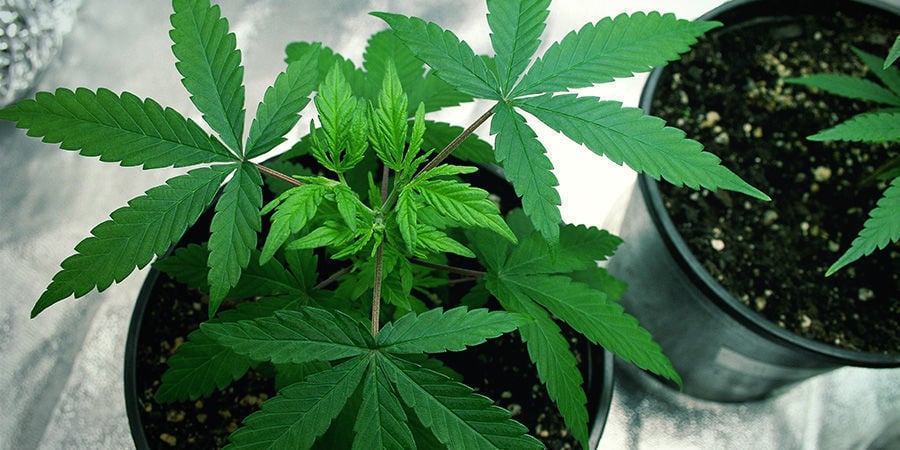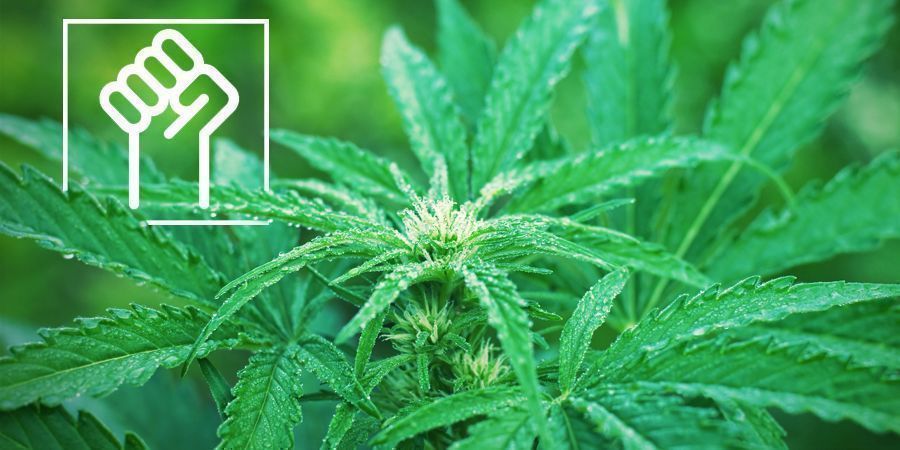
Should Beginners Start With Autoflowering Cannabis Strains?
Harness the power of autoflowering genetics to make your first grow easy and enjoyable. These hardy strains have a tendency to resist pathogens with ease, and offer good yields in much less time than their photoperiod counterparts. Discover the pros and cons of autos below, and why you should use them for your first ever cannabis grow.
Autoflowering strains are some of the easiest to grow, making them ideal for beginner cultivators. They’re hardy, boast impressive resilience to pests and disease, and are ready to harvest much sooner than photoperiod varieties. Below, we’ll cover exactly why beginners are best off starting their cannabis growing journey with autoflowering genetics.
What Is Autoflowering Cannabis?
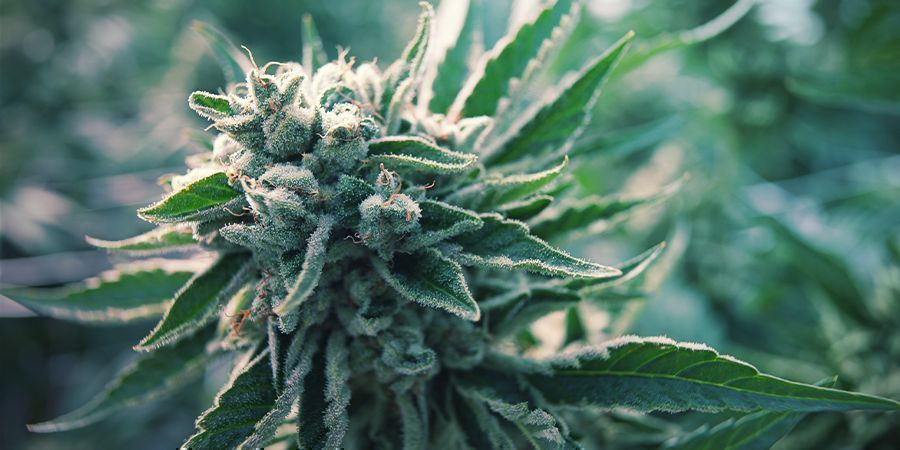
Autoflowering cannabis strains contain special genetics that set them apart from other weed varieties. You’ve probably heard of sativa and indica strains. These subspecies of cannabis feature morphological differences in height, width, and leaf shape.
A third and slightly lesser-known subspecies of cannabis gave rise to autoflowering genes: Cannabis ruderalis. This type of cannabis evolved in the harsh climates of Russia and surrounding regions, where it earned the ability to grow, flower, and reproduce quicker in order to complete its life cycle before the rapid onset of winter.
Pure Cannabis ruderalis specimens are nothing special. They’re tiny, unproductive, and weed-like. In fact, the very name “ruderalis” stems from the Latin word “rudera”, meaning “rubble”. The name pays homage to the subspecies’ ability to spring up in ditches and broken ground, unaided and in unfavourable conditions.
However, the autoflowering gene within these plants holds great value. Cannabis breeders have shrewdly crossed these small and durable specimens with world-class cannabis cultivars to create impressive autoflowering hybrids.
As soon as a breeder crosses a high-THC, high-CBD, or terpene-loaded specimen with a ruderalis plant, the original strain suddenly becomes much easier to grow, a lot more hardy, and beginner-friendly.
How Do Autoflowering Cannabis Plants Work?
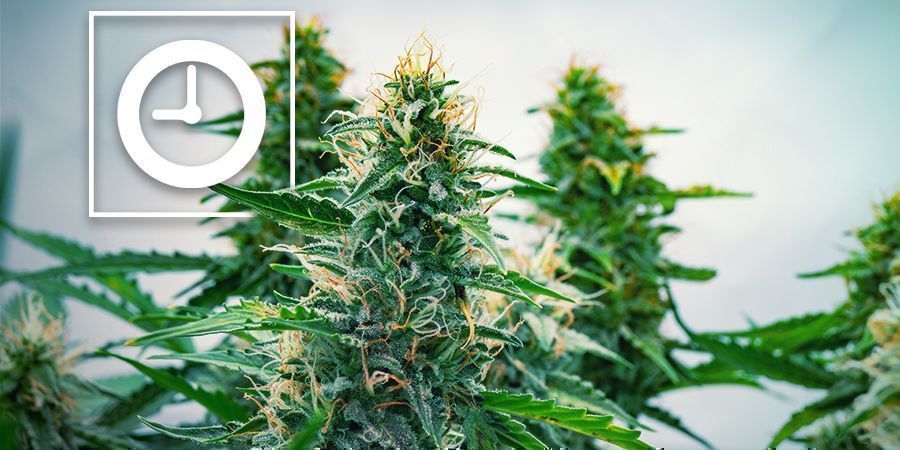
Autoflowering cannabis plants flower based on an internal genetic timer. Their external environment plays no role in when they start producing buds. Instead, they make the switch from the vegetative phase to the flowering phase based on age alone. Most cultivars take a total of 8–11 weeks to complete their life cycle, spending approximately five weeks in the flowering stage.
In contrast, photoperiod strains rely on external cues to make the switch from vegging to flowering. These plants detect a reduction in total daylight hours—a signal that tells them the colder weather of autumn is approaching.
Because most photoperiod strains stem from regions with somewhat less harsh climates, they attempt to remain in the vegetative phase for as long as possible. This gives them ample time to grow tall and develop plenty of seed-bearing flowers. A sensitivity to the light cycle (photoperiod) instructs them to divert their attention towards reproduction.
Why Should Beginners Start With Autoflowering Strains?
Autoflowering strains are inherently easier to grow than the alternative. They boast unrivalled speed, survive neglect, and deal well with suboptimal conditions. Here’s why you should consider growing autoflowers for yourself.
No Need To Change Light Cycle
The autoflowering trait means you won’t have to change the light cycle to force your plants to flower indoors. Set your timer to an 18/6 schedule throughout the entire grow and allow them to do the rest. Autos will also cruise from seed to harvest outdoors. You won’t have to wait for days to get shorter to see your plants start to bud.
Rapid Growing Cycle
Autoflowering plants boast impressive speed. After germinating your seeds, you’ll be smoking your first batch of homegrown buds in roughly 10 weeks. As a novice, the wait to taste your own flowers often becomes excruciating. Autoflowering strains greatly reduce the time it takes to sample the fruits of your labour.
You Need Less Space
Most autoflowering plants reach up to around 100cm, if that. You can also use LST to keep them even smaller. If you’re limited on space, you can even set up a covert DIY grow using anything from a vacant kitchen cupboard to a converted 5-litre bucket.
Stealth and Discretion
Depending on where you are in the world, chances are you’d rather keep your herbal hobby to yourself. The speed and size of autos mean they are much easier to keep on the down-low. Cultivate them out in the woods as part of a guerrilla grow, or raise them in modified computer towers to avoid raising any eyebrows.
Resistant Genetics
These durable plants are particularly forgiving of small errors and plights. Growers face many challenges throughout the process, from pest insects and fungal pathogens to poor weather conditions. Autoflowering strains are largely more flexible and capable of dealing with these factors.
New-School Autos Offer Fantastic Results
Autoflowering strains were once associated with low yields and reduced potency. However, recent breeding developments mean these cultivars now rival, and sometimes even outperform, photoperiod strains when it comes to cannabinoid content and yield.
The Disadvantages of Autoflowering Strains for Beginners
Sounds too good to be true, right? Although autos genuinely are awesome, they do have some downsides. As a beginner, you’ll gain a lot from learning what to expect in terms of positives and negatives. Keep reading to discover the cons of growing auto strains.
Tough To Train
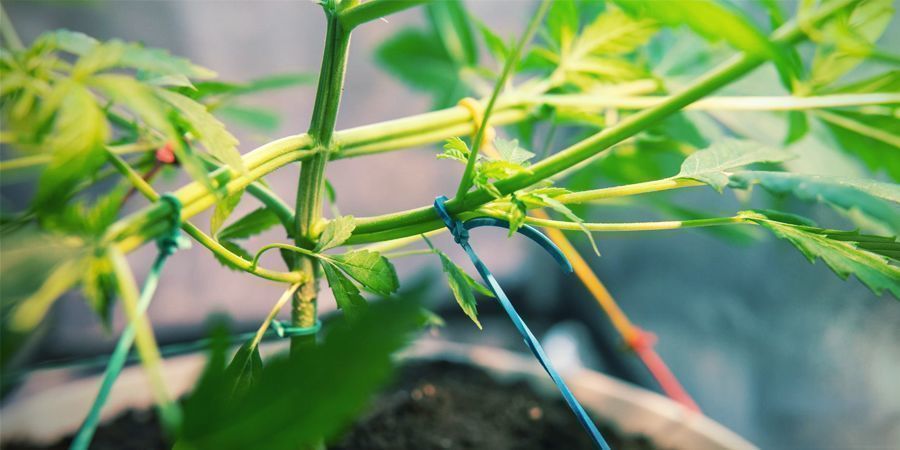
Although growers can use LST to tame their auto plants, topping and high-stress training techniques are best avoided. Autos grow so fast that they have little time to recover from any damage inflicted. Doing so will reduce yields and leave your plants stunted.
Lower Yields
Although the autoflowers of today offer significantly more bud than they used to, their final yields still pale in comparison to massive photoperiod monsters. While next-gen autos can provide you with a hefty haul, it’s uncommon to harvest more than 200g/plant. On the other hand, certain photoperiod varieties are known to produce 2kg/plant!
Less Intense Effects

Similarly, while many autos near or surpass the 20% THC threshold, it’s not often you’ll see a 28–30% THC specimen, like you would with some of the newer photoperiod varieties. Still, autoflowers should not be underestimated, as their potency is climbing higher and higher each year.
Best Autoflowering Cannabis Strains for Beginners
Now that you’re familiar with the ins and outs of autoflowering cannabis, it’s time to get growing! Every cultivator hopes for the best when starting their first grow. Of course, there will be ups and downs along the way, but choosing the right genetics will give you a great head start.
If you plan on conducting your first grow in a tent or spare room, check out our best autos for indoor cultivation. Strains such as Blueberry Automatic offer delicious terpenes, whereas Monster Dwarf provides unparalleled stealth.
If you’re planning on growing in your greenhouse or garden, explore our best autoflowering genetics for the outdoors. Cultivars such as Northern Lights Automatic and Diesel Automatic offer legendary genetics, made much easier to grow.
-
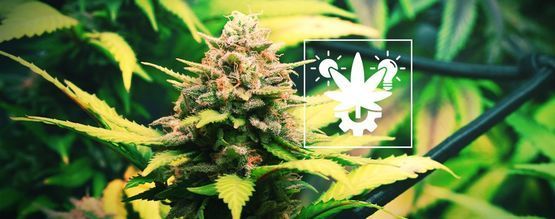 6 min
11 November 2022
How To Grow Autoflowers: The Complete Guide
Every cannabis grower, regardless of experience, is familiar with the extensive process required to grow a weed plant from seed. Depending on the cultivar and the growing method, the entire life...
6 min
11 November 2022
How To Grow Autoflowers: The Complete Guide
Every cannabis grower, regardless of experience, is familiar with the extensive process required to grow a weed plant from seed. Depending on the cultivar and the growing method, the entire life...
-
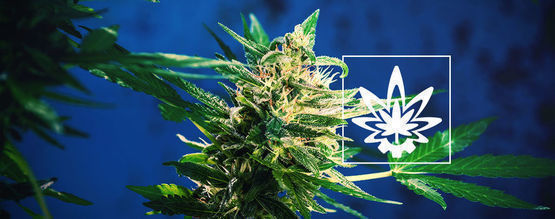 5 min
18 December 2020
How to Maximise Yields With Autoflowering Cannabis
Once associated with poor yields and reduced potency, modern autoflowering genetics tick all of these boxes, and then some. Autos now produce equally as powerful buds in large numbers, without...
5 min
18 December 2020
How to Maximise Yields With Autoflowering Cannabis
Once associated with poor yields and reduced potency, modern autoflowering genetics tick all of these boxes, and then some. Autos now produce equally as powerful buds in large numbers, without...
-
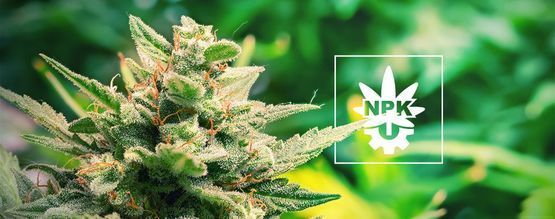 3 min
27 June 2020
Do Autoflowers Need Nutrients?
Since autoflowers have different growing requirements than photoperiod cannabis, many growers wonder if their nutrient requirements are different too. Indeed, there are some important things to...
3 min
27 June 2020
Do Autoflowers Need Nutrients?
Since autoflowers have different growing requirements than photoperiod cannabis, many growers wonder if their nutrient requirements are different too. Indeed, there are some important things to...
-
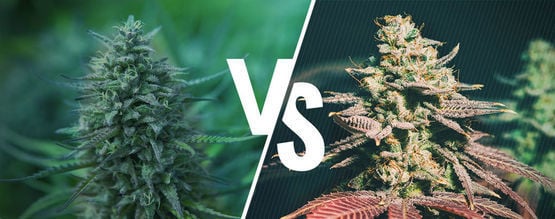 5 min
11 April 2020
Photoperiod vs. Autoflowering Cannabis: Which Is Right For You?
Photoperiod and autoflowering cultivars are different in more ways than one. Autoflowers grow with immense speed and are easy to cultivate. In contrast, photoperiod strains offer much larger yields...
5 min
11 April 2020
Photoperiod vs. Autoflowering Cannabis: Which Is Right For You?
Photoperiod and autoflowering cultivars are different in more ways than one. Autoflowers grow with immense speed and are easy to cultivate. In contrast, photoperiod strains offer much larger yields...








 United States
United States

